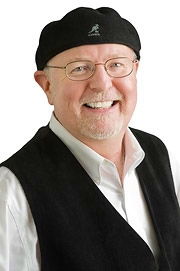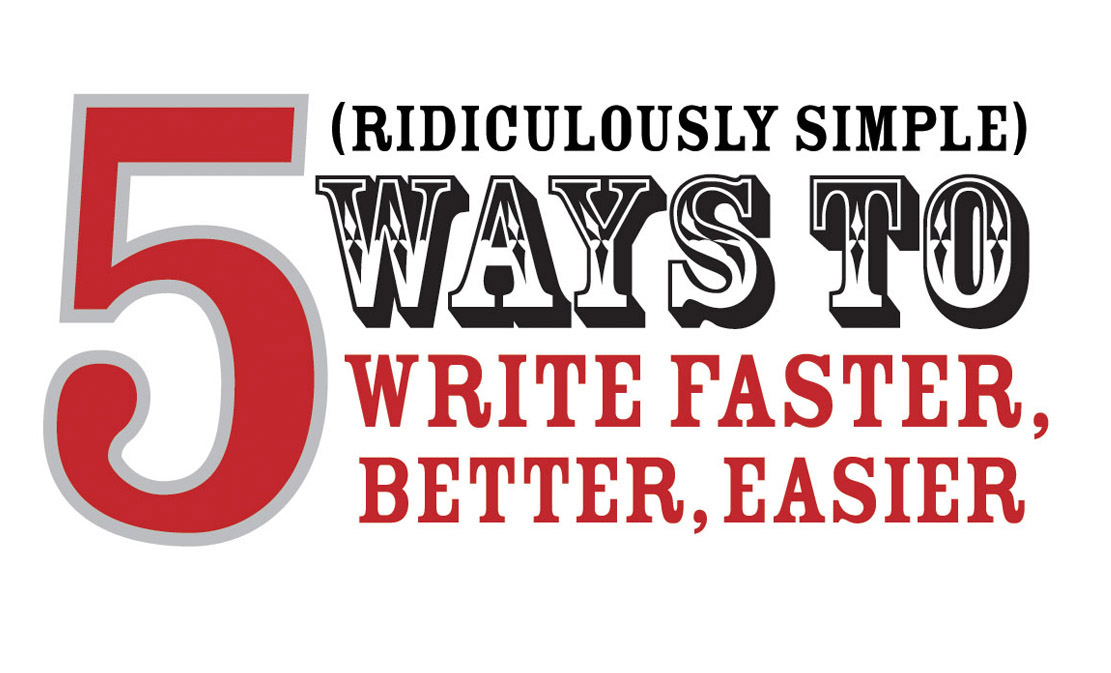Employee Engagement Lessons from Fast Company’s “30 Second MBA” Part 1
 Wednesday, November 4, 2009 at 09:04AM
Wednesday, November 4, 2009 at 09:04AM I’m a big fan of Fast Company’s “30 Second MBA” site.
The minute it launched, I felt it offered a simple yet highly effective way for organizations to integrate social media concepts into their internal communication strategies.

I wanted to know more. So I asked Ellen McGirt, the Senior Writer and Dean of “30 Second MBA,” a few questions about her experiences in launching the site. I was particularly interested in seeing how the “30 Second MBA” framework could be adapted for internal communication purposes. Here’s part one of the interview. And many thanks, Ellen, for sharing your ideas!
1. How did the Fast Company “30 Second MBA” idea come into being?
I pitched the concept about two years ago. I was looking for an unusual way to tell stories using video on the web. The verdict: Cute idea, we’re not ready.
Fast forward about a year and a half, and we had a new web direction, some development momentum and a new editor. I re-pitched the idea and it got some traction. We went ahead and started planning the interface, etc – and we got the news from our publisher that she’d been able to find a sponsor. Score! Suddenly we had some additional cash to build out the first version. Although we were prepared to go rogue and do it with existing resources, the new budget was a welcome addition.
2. Take us behind the scenes a bit. How are the videos created? How do you find your video guests? How many members are on your team? How are your themes for each week discovered? Any other things readers would find interesting?
The beauty of the idea is that it’s a real DIY project. And, although it’s labor intensive, it’s not expensive. I have a ready list of candidates – people who have appeared in the magazine or who are associated with industries or companies we’ve studied. The questions come from interviews I’ve conducted with both business leaders and readers, and range from the deeply philosophical – is technology changing the nature of leadership? – to the mundane – how do you run a meeting? (Contrary to popular opinion, actual interviews are a better way to get information from people, not web polls.)
I extend an invitation to potential participants via e-mail, and then offer an array of questions to choose from, with a deadline and upload instructions. I emphasize that rough is great – Flip cam, hand helds, Skype are all terrific. Tell us stories! These answers should be the type of personal advice you’d give a friend in need. And it’s very very cool to see people in their natural habitats, so I encourage people to shoot from their offices.
I’ve also reached out to many extraordinary people I don’t know, like Alan Mulally of Ford. He loved the concept and signed on before the site was even built! We want the project to be a reflection of the sensibilities of our magazine – about innovation, inspiration and possibility – and inclusive of all perspectives. So the mix of voices is profound -from the C-suites of Ford, Intel, Schwab, Facebook and USAA, to soldiers in Afghanistan/Iraq, artists, educators and social entrepreneurs in a variety of fields. There are some very cool surprises coming up.
This is a team effort of technologists and editors on both the digital side and magazine side – not to mention our magnificent publisher and marketing team. Now more than 20 people think about and work on Thirty Second MBA from a Fast Company perspective. That is absolutely my favorite part of this. It went from a crazy pitch to a full on team effort. Thanks especially to Bob Safian, our editor in chief; Noah Robischon, our web editor; and Christine Osekoski our publisher - for their guts, hard work and spirit.
3. If an organization wanted to adopt the “30 Second MBA” idea internally, what steps or ideas would you suggest to them?
It’s a lot of work but really worth it. Keep the project and the subsequent requests for participation clear and focused – people want to contribute, but they also don’t want to be embarrassed. Be prepared to answer a lot of questions about what you want and how the project will be used. What can they expect? What kind of help or support? What do you want me to say again?
Be sure to frame the project as having a bigger objective. Our stated goal is to grow the leadership capability of our readers by giving them a nugget of wisdom from executives we admire that they can access when they need it. And, I make sure people know that I consider their participation a generous act.
Also, get buy-in from the top of your organization. I mean, I never do, but why make things harder than they need to be? ☺
4. A 2008 survey conducted by the Corporate Leadership Council indicates: “By improving employees’ level of engagement, organizations can see significant improvement in employees’ performance rating and decrease the probability of employee departure by 87%.”
With the phenomenal rise in social media, what ways can an organization use the MBA framework internally to increase employee and customer engagement and retention?
I am so lucky. As part of my job I get to have exceptional conversations with people who are making business happen – the Mark Zuckerbergs, the Paul Otellinis, etc. They invariably say something incredibly interesting about how they do what they do, how they’ve solved a leadership problem, or how their thoughts about work have evolved.
Almost never is that the subject of the interview or relevant to my piece. But MAN, I wish I had web cam in my brain to capture that moment. The 30 Second MBA was born from that wish, and a desire to share my world with my readers. (Without me in it, by the way. I don’t want to watch any more fake talk shows on the web!)
So what would that mean for your organization? What wisdom or inspiration is going unrecorded? When you hit your head and say – man, I wish my colleagues/customers/friends could hear this – you’re on your way to an idea.
I would also tap the routinely overlooked HR department for insight. They tend to know more than you think. It’s also helpful to think in modules. The 30 Second MBA works because it is both structured and diverse. We get five very different people to answer the same question, so the contrast is automatically interesting. Would it matter to you that the guy in the mailroom is also a hospice volunteer? That the VP of finance produces community theater? The very notion of introducing a company to itself is a valuable one. But to use it to teach what they know is really cool. And makes an excellent recruiting tool.
So maybe ya’ll are on a budget or not so good with a web cam. Even a simple Facebook network with a complete list of employees and their talents, skills, strengths and interests can help people in big organizations connect with others who can help them when they need them. It’s also a cultural thing – it must be unacceptable NOT to share your expertise with your colleagues whether you know them or not. That part comes from the top.
Stay tuned for part two.
Originally posted on my Fast Company column.
Ellen McGirt’s Bio:
When she's not chasing former Vice Presidents or leaping social networks in a single bound, Ellen McGirt occasionally shows up at her job as Senior Writer at Fast Company magazine. She covers a range of business topics, but never stops looking for the writer’s holy grail: The business ideas - and people - who are changing the world.
McGirt joined Fast Company in February 2007 from Fortune, where she was a senior writer. She was also a columnist and editor-at-large for Money, where she covered a wide variety of health care, consumer, personal finance and investing topics. McGirt has served as a guest correspondent for CNN's American Morning, and has appeared frequently on Good Morning America, CBS Early Today, NBC Nightly News, CNBC, CNN, and American Public Media.
PS. Like this post? Share it with others using the "Share Article" button below.



Reader Comments (1)